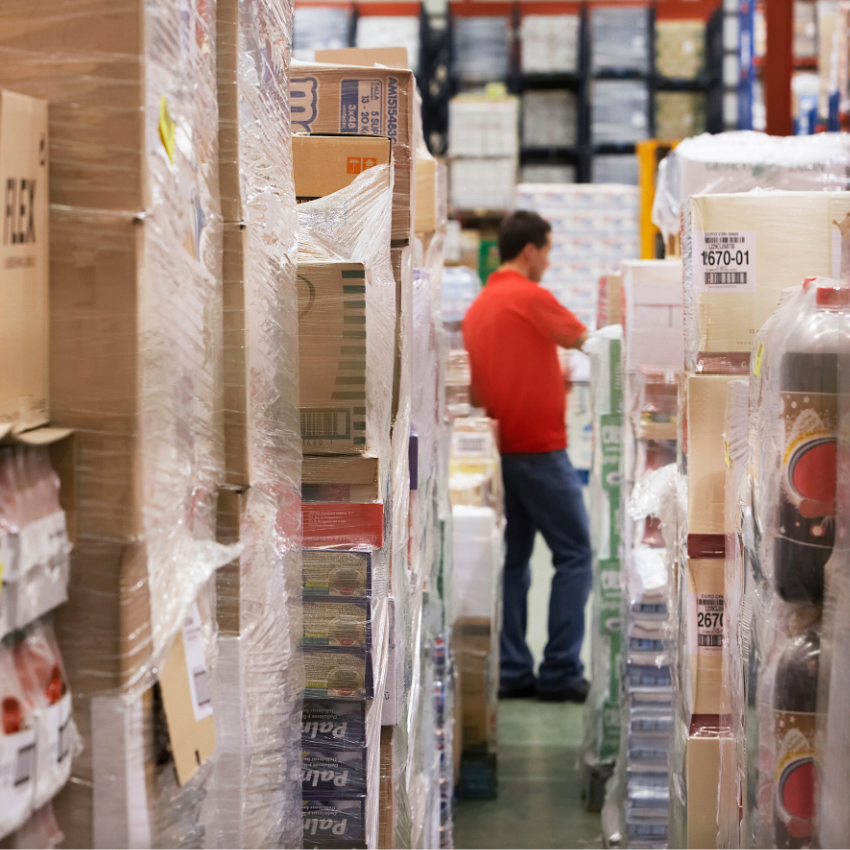As the famed retail icon, Mickey Drexler once said, “Inventory is the enemy of every retailer in the world.” And in today’s totally unknown and incalculable aftermath of ongoing waves of Covid, an inventory apocalypse is ravaging the retail industry. Last Saturday, the New York Times ran an article, titled “Retail’s ‘Dark Side:’ As Inventory Piles Up, Liquidation Warehouses Are Busy.” Duh!! What an understatement. When the CEOs of Walmart and Target indicated they were caught “flat-footed” with the amount of excess inventory that had piled up, thus lowering their profitability forecasts, expecting to heavily discount goods to clear their shelves for incoming BTS and Holiday goods, you know the apocalypse is here and now. I mention Target and Walmart as bellwethers for the industry, because if these two poster children are caught off balance, you can bet the rest of the industry is in worse shape.
The Road to Armageddon
A quick reminder how the industry created this mess. It was a result of horrible forecasting for goods ordered pre-pandemic, both the quantities and the categories. So, when the big shutdown of all nonessential retailers occurred, goods just multi-piled up across the boards. Furthermore, as consumers locked themselves down at home, including working from home, most of the piles of stuff were not in demand for online ordering. Home goods, sweatpants, games, and other cocoon-related items were replacing the cyclical and seasonal stuff normally in demand. So, retailers had the wrong inventory, they also didn’t have enough of the pandemic-related stuff consumers wanted during that time.
The industry pivoted and ordered more of the in-demand lock-down goods, so when the lock-down began to reopen, and as consumers began to leave their nests to socialize and go back to work, retailers had even more of the not-in-demand inventory.
And that’s not all folks. The industry pivoted and ordered more of the in-demand lock-down goods, so when the lock-down began to reopen, and as consumers began to leave their nests to socialize and go back to work, retailers had even more of the not-in-demand inventory. Of course, this was exacerbated by the supply chain debacle: factory closings in Vietnam and China, due to Covid; empty cargo ships idling offshore in Asia waiting to be loaded; then the journey to U.S. ports to be unloaded; and the cargo companies charging companies ten times the cost of a normal pre-pandemic journey; and then sitting in a que of hundreds of other ships waiting to be unloaded. And need I even mention the number of sick dock workers and truck drivers stuck at home? At one point, it was estimated that there was a need for 80,000 truck drivers. Ugh!
Unhappy Returns
And then what about the returns? According to the Times article: “With consumers cutting down on discretionary purchases because of high inflation, retailers are now stuck with more inventory than they need. While overall spending rebounded last month, some major retailers say shoppers are buying less clothing, gardening equipment and electronics and focusing instead on basics like food and gas. Adding to that glut are all the things that people bought during the pandemic—often online—and then returned. In 2021, shoppers returned an average of 16.6 percent of their purchases, up from 10.6 percent in 2020 and more than double the rate in 2019, according to an analysis by the NRF and Appriss Retail. Last year’s returns, which retailers are not always able to resell themselves, totaled $761 billion in lost sales.” That folks, is more than the annual budget for the U.S. Department of Defense.
There Is no Playbook for a Post-Covid Inventory Correction
Just as Covid-19 itself was a previously unknown and unexpected global attack on humanity, catching the world totally off balance, so too were all of the functions in retailing with inventory management and control being among the most important.
And because there was no playbook for fighting Covid-19, every country around the world had to create one on the fly. Accordingly, every retailer, and brands as well, must now create their own new playbook to correct their own inventory hell.
As I hear and read about this apocalypse, all I can say is, good luck! Yes, inventory has always been an enemy of retailers, however winning against this unique and unexpected enemy will take more than luck. You can fight it with the new weapons of technology and analytics. And work with partners to create more coherent inventory control, shipping practices – and above all, listen to your customers. Don’t make any assumptions!




